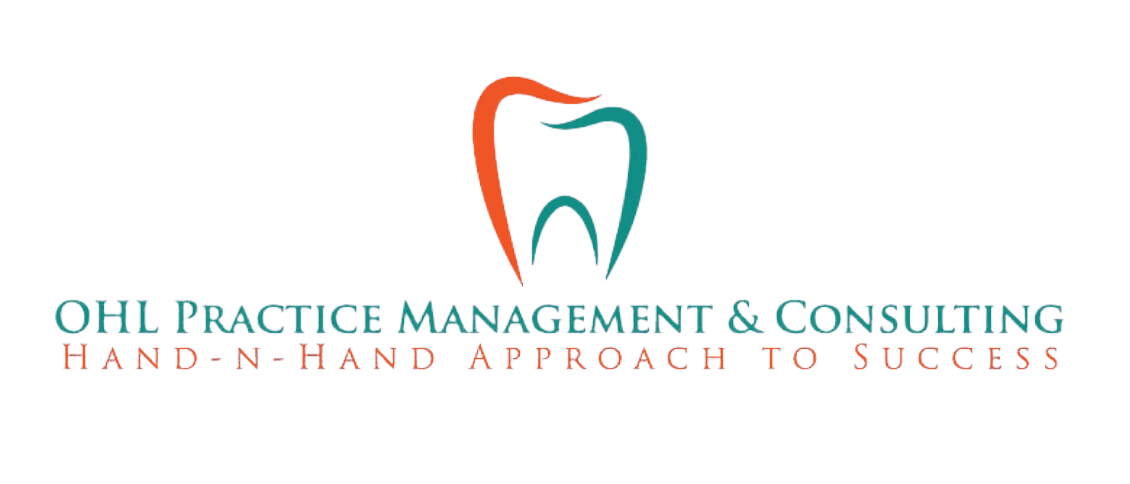“Sleep is that golden chain that ties health and our bodies together.”
But for people with sleep apnea, that chain is constantly breaking.
If you’re one of the millions of people who struggle to use a CPAP machine, you’re not alone. While Continuous Positive Airway Pressure (CPAP) remains the gold standard for treating sleep apnea, it’s far from the only option. In fact, as many as 50% of patients prescribed CPAP stop using it within the first year. Some feel claustrophobic. Others can’t sleep with the noise, the hose, the mask. And many simply want an alternative that feels more natural.
At Ohl Practice Consulting, we help dental practices become the unexpected heroes in this conversation. With the right tools and training, your dental team can offer sleep apnea treatment alternatives that are evidence-based, patient-preferred, and often easier to maintain than CPAP therapy.
This guide explores what those alternatives look like, how they work, and who they’re best for. Whether you’re a dental professional building your airway practice—or a patient looking for something more comfortable—this is your place to start.
The Real Problem with CPAP (and Why Alternatives Matter)
Let’s get one thing straight—CPAP works. It keeps the airway open, improves oxygen flow, and can drastically improve quality of life for people with moderate to severe obstructive sleep apnea (OSA).
But only if people actually use it.
That’s the problem. For all its benefits, CPAP comes with baggage: nightly maintenance, travel hassles, skin irritation, pressure discomfort, and sleep disruption for bed partners. It’s no wonder compliance rates are so low.
Many patients simply stop using it. And that’s dangerous. Untreated sleep apnea increases the risk of heart disease, stroke, high blood pressure, and chronic fatigue—not to mention the toll it takes on your mental health and relationships.
That’s why alternatives matter. And why dentistry has become such a vital access point for airway care.
Oral Appliance Therapy: The Dentist’s Secret Weapon
One of the most effective CPAP alternatives is something many patients never expect—a small, custom dental appliance that fits comfortably in the mouth while you sleep.
These oral appliances are custom-designed by a trained dental professional to gently shift the jaw and tongue forward, keeping the airway open without forced air or bulky equipment. They look like a nightguard, feel surprisingly natural, and are often just as effective as CPAP for patients with mild to moderate OSA.
They’re quiet. They’re easy to travel with. They don’t require electricity or tubing. And unlike CPAP, most patients actually wear them—night after night, year after year.
At Ohl Practice Consulting, we help practices implement appliance therapy systems from start to finish, including screening, testing coordination, appliance selection, medical billing, and long-term patient monitoring. With the right workflow, oral appliance therapy becomes not just a service—but a powerful addition to your practice’s identity.
Positional Therapy: Changing How You Sleep (Literally)
Some patients experience sleep apnea only—or mostly—when sleeping on their backs. That’s called positional obstructive sleep apnea, and it opens the door to a non-invasive treatment option: positional therapy.
The idea is simple. If sleeping on your back makes your airway collapse, then staying off your back reduces your symptoms. Patients are trained to sleep on their side using wearable devices, specialized pillows, or small vibration sensors that gently alert them when they roll onto their backs.
For many people, this change alone can lead to dramatic improvements in sleep quality—especially when combined with another treatment like an oral appliance.
Positional therapy is low-cost, easy to start, and often overlooked. But for the right patient, it can make all the difference.
Lifestyle-Based Approaches: The Long Game
Sometimes the most impactful changes don’t come from a device—they come from daily habits. Sleep apnea symptoms often improve with weight loss, regular exercise, and better sleep hygiene. These may sound like common sense, but for patients who are supported by a team they trust—like their dental office—these changes become more attainable.
Small adjustments like limiting alcohol before bed, reducing late-night screen time, and practicing stress-reducing breathwork can all contribute to better breathing at night.
At Ohl, we encourage practices to approach these conversations with compassion, not correction. Patients don’t need a lecture—they need a coach. When teams learn how to talk about sleep, weight, and behavior change in a way that’s nonjudgmental and empowering, they earn their patients’ trust—and their long-term loyalty.
Advanced Alternatives: When Things Get More Complex
Not every patient is a good fit for oral appliances or lifestyle changes. Some have severe OSA that requires more aggressive intervention. Others have unique anatomical challenges—like a narrow airway or enlarged tonsils—that require surgical treatment.
In these cases, collaboration becomes critical. Dentists can’t do it all. But they can act as a key touchpoint in a patient’s airway journey, guiding them toward the right next step.
Options might include procedures like UPPP (uvulopalatopharyngoplasty), nasal surgery, or Inspire therapy—a newer treatment involving a small implant that stimulates airway muscles during sleep.
Dentists trained in sleep medicine don’t have to perform these procedures. But by building referral networks with ENTs, sleep specialists, and airway surgeons, they can stay in the loop and remain a trusted voice on the care team.
The Dental Advantage: A New Front Door to Airway Care
Here’s the truth that more dental professionals are waking up to: the mouth is the front door to the airway. That means dentists have an extraordinary opportunity to detect, treat, and transform lives through sleep medicine.
But it only works if there’s a system in place.
At Ohl Practice Consulting, we help dental teams build that system—one that includes airway screening during hygiene, proper documentation, medical referrals, testing workflows, and follow-up protocols. Our approach is designed for growth, but also for clarity. Because patients don’t need more confusion. They need solutions that work—and people who care enough to walk the journey with them.

